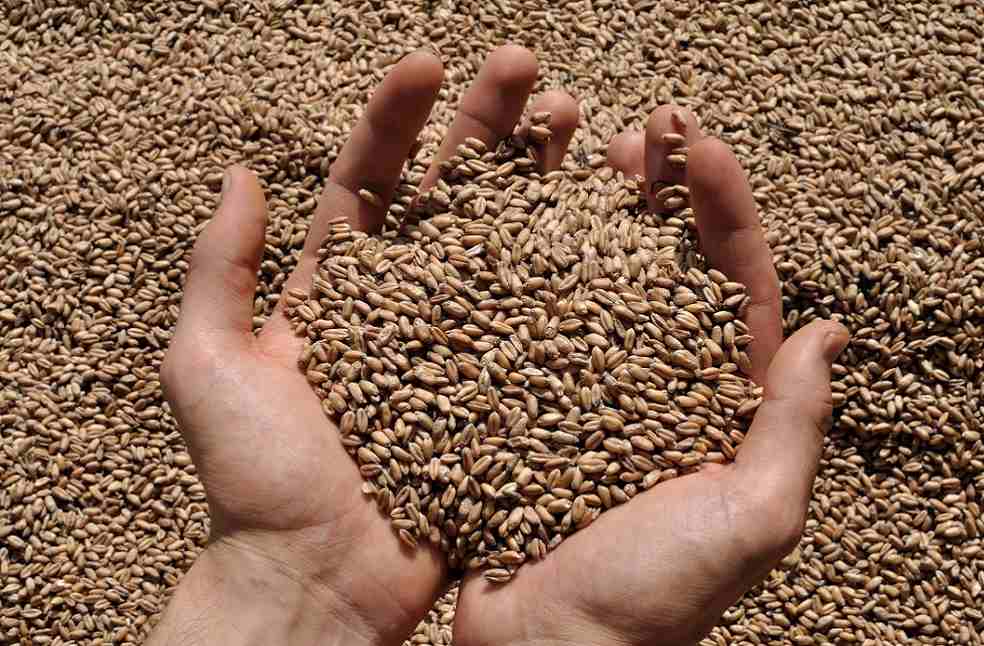The global grain market experienced a shudder as the Euronext wheat futures reported a decline in Paris wheat. This decrease emerged in the wake of an updated U.S. wheat production estimate, which indicated a significantly larger yield. On the concluding trading session of the week, the December wheat futures at Euronext settled 1.7% lower at 235.50 euros ($249.18) a metric ton, mirroring the week’s earlier lows.
The downturn was ignited when the U.S. Department of Agriculture (USDA) raised its wheat yield forecast for the year, an estimate that exceeded median analyst projections. This update sent the Chicago wheat futures Wv1 to a three-year low.

Before the USDA’s data release, Euronext was already on a downward trajectory owing to a minor rally of the euro against the dollar. This currency fluctuation intensified short-term competition from Black Sea suppliers, further pressuring European wheat markets as seen in the dipping Paris wheat futures.
Despite the gloomy market dynamics, Poland’s export prices displayed resilience, finding support against the currency weakness amidst ongoing Black Sea rivalry. The price of Polish 12.5% protein wheat saw a modest increase of 5 zloty over the week, settling at about 1,040 zloty (224.5 euros) a ton for October port delivery. Despite this, a Polish trader highlighted, “Wheat prices in northern Europe are still higher than in the Black Sea, especially Russia, Romania, and Bulgaria.”

Poland’s grain market, though somewhat buffered by currency dynamics, is entangled in a broader political scenario. The continual transit of Ukrainian grains to Polish ports persists, despite Warsaw’s imposition of a sales ban on Ukrainian grain. This political drama, unfolding ahead of the crucial Polish elections in October, is seen by observers as a strategy to secure farmer votes. This move has bred a degree of uncertainty, affecting the local sales of Ukrainian imports, while transit operations continue unabated.
In Gdynia, the port buzzes with activity as wheat shipments for North Africa are being prepared. A multinational trading house is in the midst of loading ships carrying 31,000 tons and 55,000 tons destined for undisclosed locations, underscoring a continuous, though complex, flow in the global grain trade dynamics.

As nations wrestle with intertwining factors of politics, currency shifts, and agricultural yield predictions, the delicate balance of the global wheat market is put to the test. Markets from Paris to Chicago respond to the changing wheat data, underlining the interconnectedness of the global agricultural economy.
IMEX SECTOR | EU Denies Renewing Ukrainian Grain Ban; Poland Considers Solo Restriction



